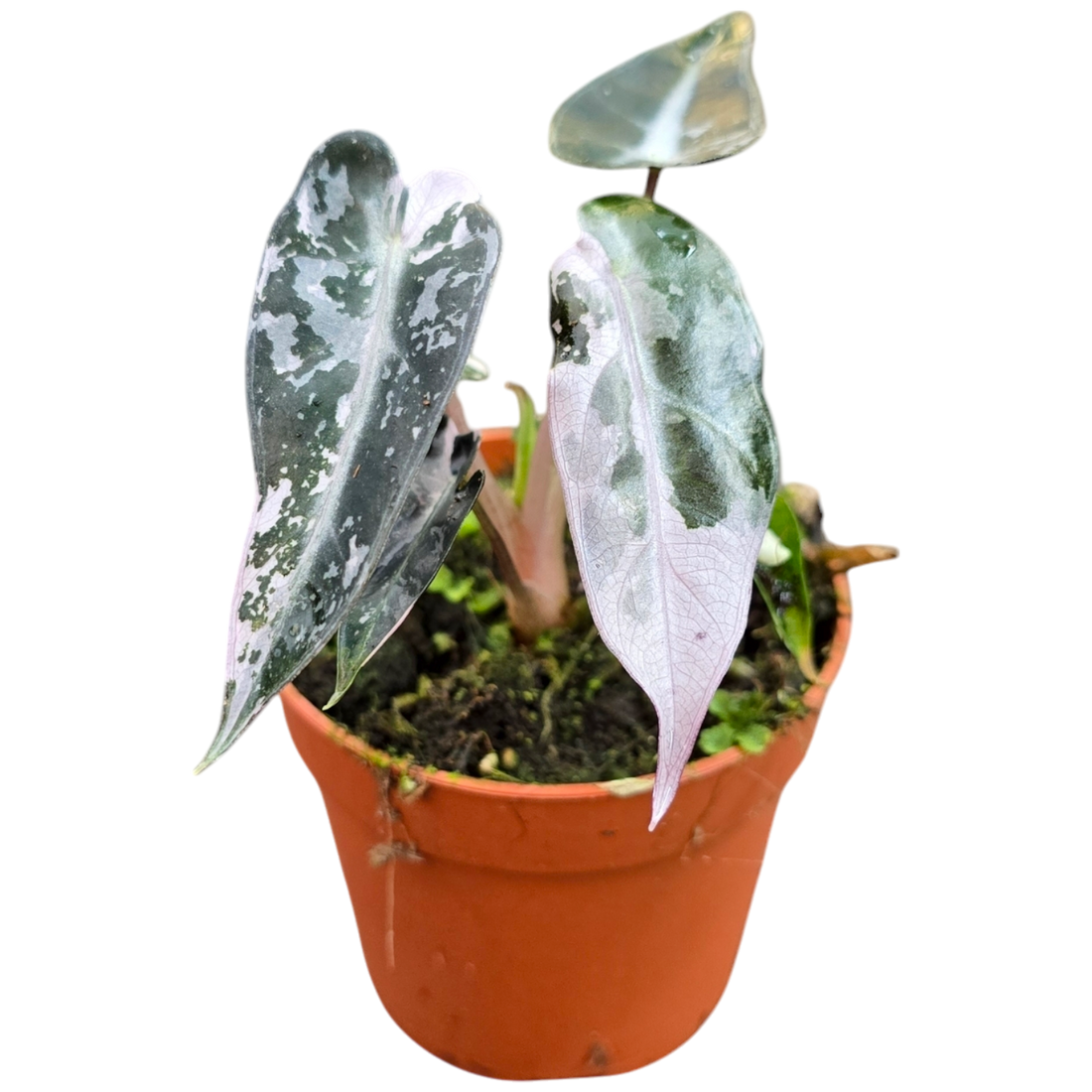The Value of Variegata Plants: Why Are They So Desirable?

In the world of houseplants, there is one trend that has gained enormous popularity in recent years: variegata plants. These unique plants, characterized by their green-white, yellow-white or even pink-white leaves, can be found everywhere, from garden centers to Instagram feeds. But what makes these plants so special and why are they so popular? In this blog, we delve deeper into the world of variegata and discover what makes them so attractive.
What are Variegata Plants?
Variegata is the term used to describe plants with leaves that display multiple colors. The word "variegata" comes from the Latin "variegatus", which means "colored" or "spotted". The distinguishing feature of variegated plants is the variation in color of their leaves, which often contain different shades of green, white, yellow, or even pink. These colorful patterns are caused by a genetic mutation that affects the production of chlorophyll (the green pigment in plants) in certain parts of the leaf.
The Origin of Popularity
Variegata plants have been known in the botanical world for centuries, but their popularity has really exploded in recent years. This is due to a number of factors. Firstly, the aesthetic appeal of the leaves with their intriguing colour patterns makes them a visual statement in any home or garden. In an age where interior design is increasingly about unique and eye-catching items, variegata plants fit the bill perfectly.
In addition, the rise of social media, especially platforms like Instagram, plays a major role. Garden and plant enthusiasts share photos of their impressive variegata collections, making these plants a "must-have" status for many collectors.
Rarity and Uniqueness
One of the main reasons why variegated plants are so sought after is their rarity. Obtaining a plant with the right variegation pattern can be difficult, as the genetic mutation that causes the color variation does not always occur. Even if a plant initially exhibits variegation, the foliage can revert to solid green, making it rare to maintain consistent color variation. This makes variegated plants a valuable find for plant collectors.
There is also the charm of unpredictability. When growing variegata plants, there is no guarantee that the new shoots will retain the same color patterns, which creates a sense of excitement and surprise. This makes caring for and propagating these plants a challenge that attracts many garden enthusiasts.
The Price: Why Are Variegata Plants So Expensive?
The value of variegated plants is often determined by their rarity and the difficulty of growing them. Growing a variegated plant requires careful growing conditions, and the chances of a plant successfully maintaining variegation are not always high. This means that plants that do show good variegation often fetch a higher price. Certain variegated plants, such as the Philodendron White Princess or the Monstera Albo Variegata , can sell for hundreds or even thousands of dollars.
In addition, demand plays an important role. With the increasing popularity of variegata plants, there is a greater demand for these unique specimens, which keeps the prices rising. Collectors and plant lovers are willing to pay more for a rare plant that can beautify their garden or interior.
Care and Maintenance of Variegata Plants
Although variegata plants are often considered an investment, it is important to know that they require care just like any other plant. Many variegata plants tend to be a bit more sensitive to too much sunlight, as the areas without chlorophyll are less able to absorb light. Finding the right balance of light, water, and temperature is essential to the plant’s survival.
Variegata plants can also be more susceptible to diseases and pests, as the less green parts of the leaves are less able to protect themselves. Regular checks and care are therefore essential.
Variegata Plants as Status Symbols
In addition to the aesthetic value and the challenge of caring for these plants, variegata plants can also be seen as a status symbol. They represent a luxury item in plant culture, especially when it comes to rarer specimens. Owning such a plant can therefore be seen as a sign of taste, knowledge and dedication to plant collecting.
Conclusion
Variegata plants have established themselves as more than just a trend. They are symbols of beauty, rarity, and the desire for something unique. The combination of aesthetic appeal, difficulty in obtaining the right varieties, and the fascination with their unpredictable growth make them extremely desirable. For plant lovers and collectors, variegata plants are the ultimate challenge and a wonderful addition to their collection. Whether you are a seasoned plant expert or a novice collector, the appeal of variegata is impossible to ignore.
